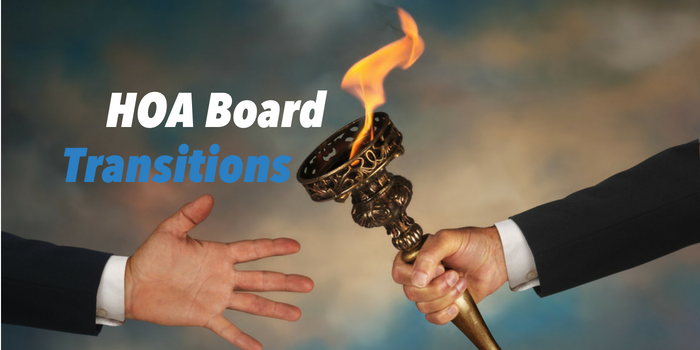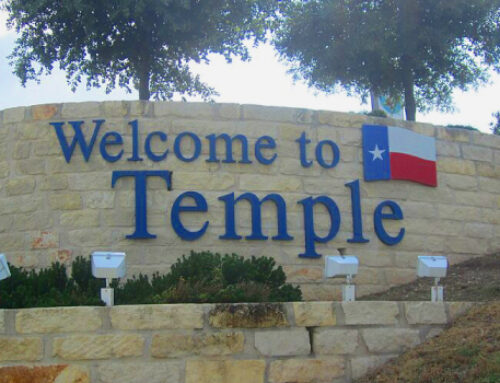When it’s time to pass the torch on to a new HOA board, it’s crucial that the change in power is made as smoothly and efficiently as possible to ensure the continued success of the community and avoid unnecessary management mistakes. Especially if there are numerous experienced board members leaving, it’s important to first establish clear expectations for the incoming board members. One of the best ways to do this with precision and clarity is to provide the incoming board with a detailed, comprehensive transition plan.
If you already have a transition document in place, review it thoroughly and make updates and changes as needed. If no such document has been compiled, meet with the current board members to draw one up before the transition of power is made.
Important Items in your Transition Plan
In order to guarantee its effectiveness and utility for the new HOA board, your transition plan should include the following:
- Reserve Study. This is a physical and financial analysis that includes information about reserve funds your HOA board has accrued, as well as planned and possible future plans for using those reserves. It will also determine what funding will be needed over time and based on the needs of your community, and will give the new board the information they need to budget for reserves in the future. Reserve studies should be less than three years old and should be adjusted periodically to reflect the needs of the association.
- Financial Statements/Budget. Your transition plan should review the current budget and make clear any major variances between the budget and actual expenses. This will allow the new board to make needed adjustments to the next year’s budget. A balance sheet (showing account balances), receivables report, income statement, bank statements, and general ledger of each account’s activity should also be included in your financial overview.
- Fiduciary Responsibility. Since an HOA board position is generally voluntary, new members may not be adequately aware of their accountability and liability. As you make the transition, be sure to include information about the HOA directors and officers insurance policy, so the new board will know what action to take should their decisions come into question.
- Covenants and Bylaws. HOA board members can’t govern confidently or correctly without knowledge of their association’s rules. Including these in your transition document will help unify the new board in their decision making process.
- While not completely necessary, it may be helpful to provide the incoming board with resources to help orient and familiarize themselves more quickly with the world of HOA management. You may look into referring them to a local or online property management company where they can learn more about their responsibilities, and also provide the contact information of previous board members who are willing to answer their questions or concerns.
More Tips for a Smooth Transition
Seek Additional Help
If the task of transitioning power seems overwhelming, you can ease the burden by using a community management company like Spectrum. Depending on your budget, we can do anything from simply consulting to compiling important documents into a digital database to ease and expedite the transition.
Don’t Rush
Changing and HOA board from old to new doesn’t happen overnight. Prioritize and delegate transition tasks, and implement them slowly rather than trying to accomplish everything at once. Decide which items are most important to the transition and focus on those first; the rest will follow as the new board takes its place.







